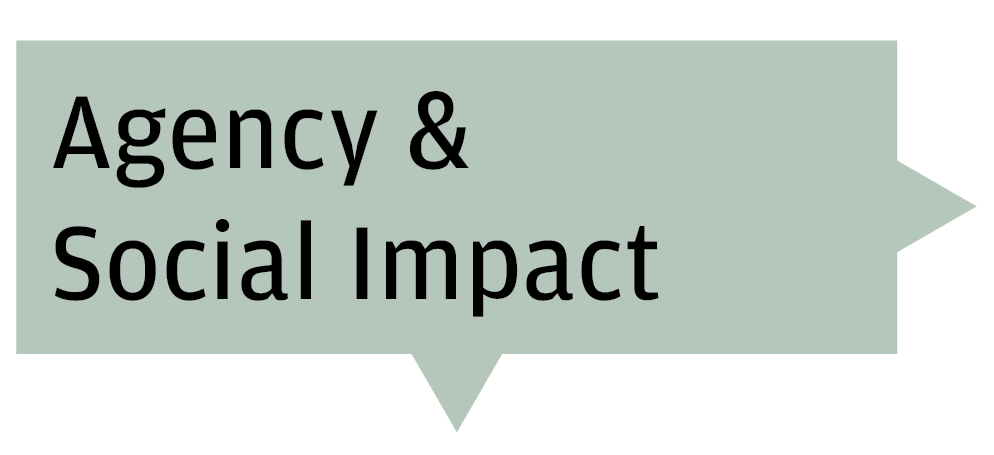Agency and the potential social impact of critical reflection in artistic research, served as a premise for the Lab.
Reflection has, for roughly two decades, been a core element of what has come to be known as the “Nordic model of artistic research”. When seeking to make their research relevant to their artistic practice, research fellows in the Norwegian tradition for artistic research, tends to direct their reflection in three primary strands:
· Relating one’s own artistic practice to the surrounding field
· Relating one’s own artistic practice to the problem of articulation [how to talk/communicate meaningfully about the inner workings of one’s artistic practice]
· Tracing the relationship between one’s own artistic practice and the personal experience of theoretical work and reflective work
These categories would probably spark universal recognition; they underline how reflection tends naturally towards thinking about relationships and they point up the crucial matter of context: one’s own context within one’s field; the artist’s position and relevance in the context of society at large; and the place of practice in the context of theory and vice-versa. It is surely undeniable that, if we aspire to be both artists and researchers, we must acknowledge the situatedness of what we do, become conscious of the place of our work in relation to society’s priorities and strive to unite the practices and theories upon which we build and rely.
Of course, not every act of reflection on artistic practice will necessarily lead to wholesale transformation of our ways of working or thinking – still less to some kind of social revolution! In reality, the more realistic hope might be for small incremental enhancements, each building upon its predecessors.
We return again and again to our points of origin, but never in the same way. This aspect of artistic research, the cyclically cumulative nature of its many practices, is also one of its most exciting features. It is also one of the most challenging: with each new project, the stakes are raised; we must strive to go further than the last time. But surely, that is precisely what all research demands of its exponents. Just as we speak of the ‘frontiers’ of science and scientific knowledge, we should accept the need for artistic research, too, to push at its boundaries and seek to transcend them. Reflection, if applied rigorously, may be one of the more powerful items in our toolbox of devices and techniques for achieving this.
What this meant for us, in our Lab (and beyond), was a commitment to continue to reflect and to search. During the week we discussed and, in the process, learned more about ways to think and rethink, work and rework. It was not our aim to reach an end, but we had a series of adventures in the consideration of how critical reflection, in whatever shape the participants choose to engage with it, may have contributed to revivify the participants’ artistic and research practices. Perhaps these experiences could also help us to feel more profoundly connected to a world that, even as we (still) continue to navigate through Covid and its consequences, surely needs its thoughtful artists more than ever, if it is to repair itself.
(Based on Darla Crispin’s presentation)

